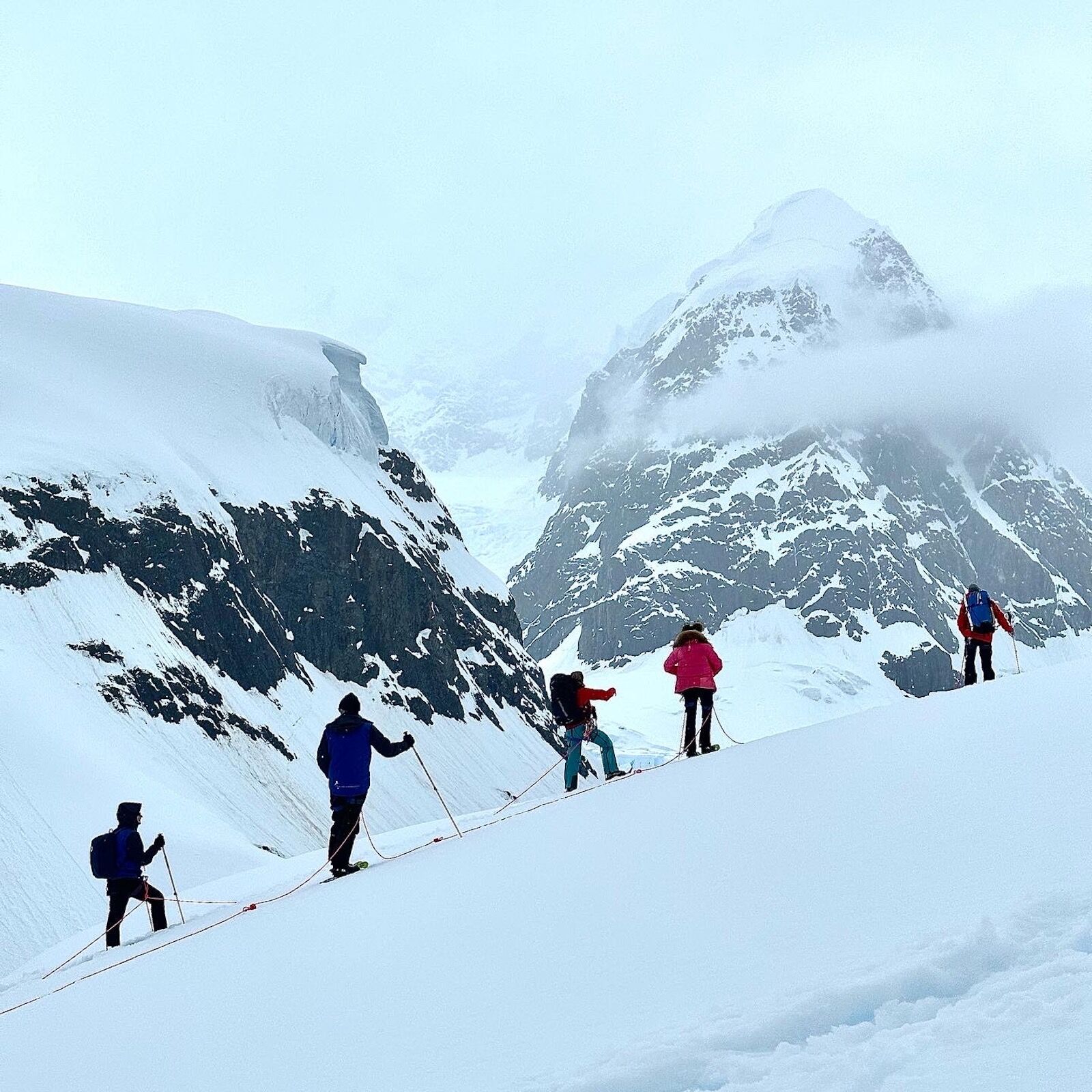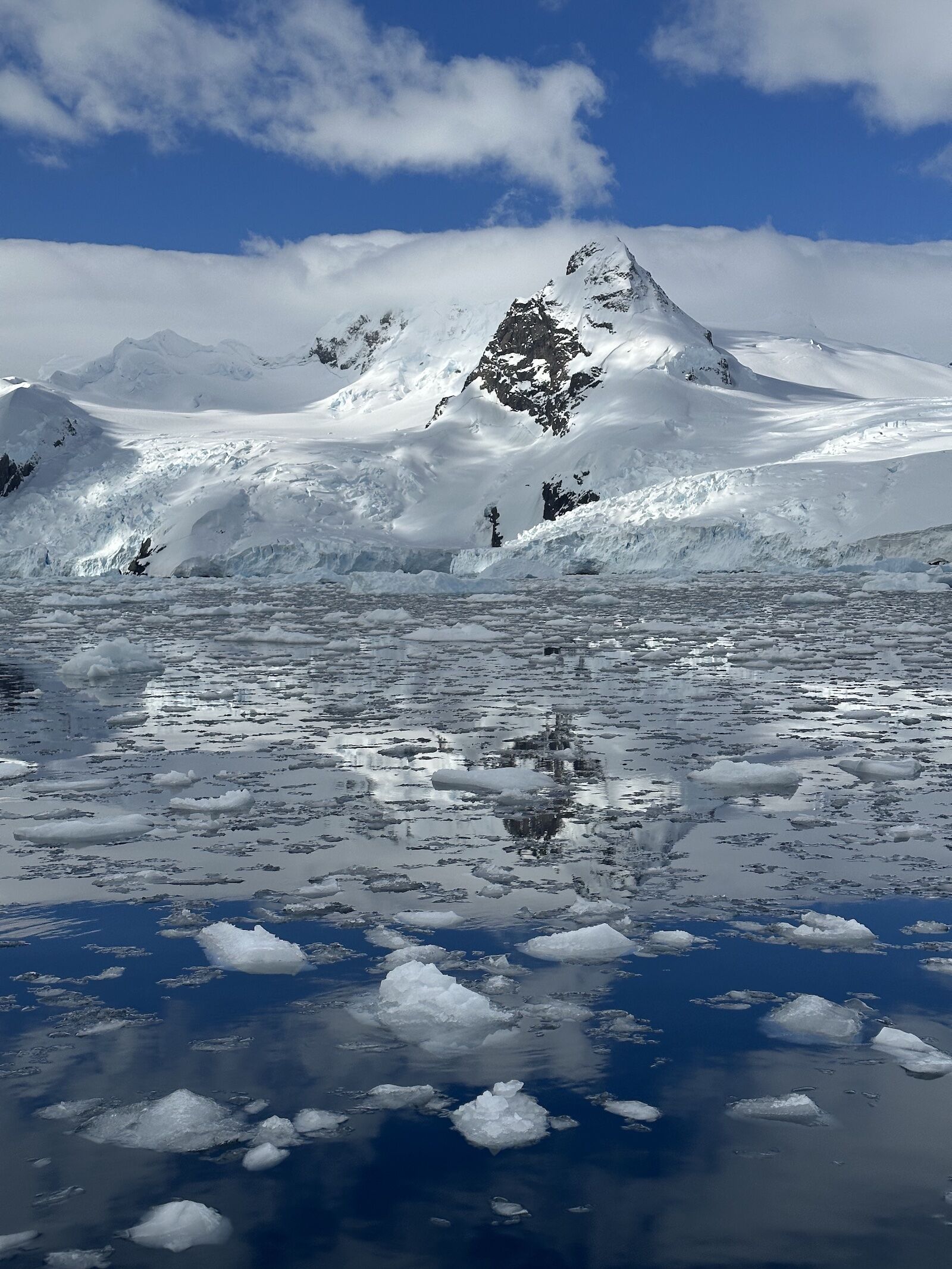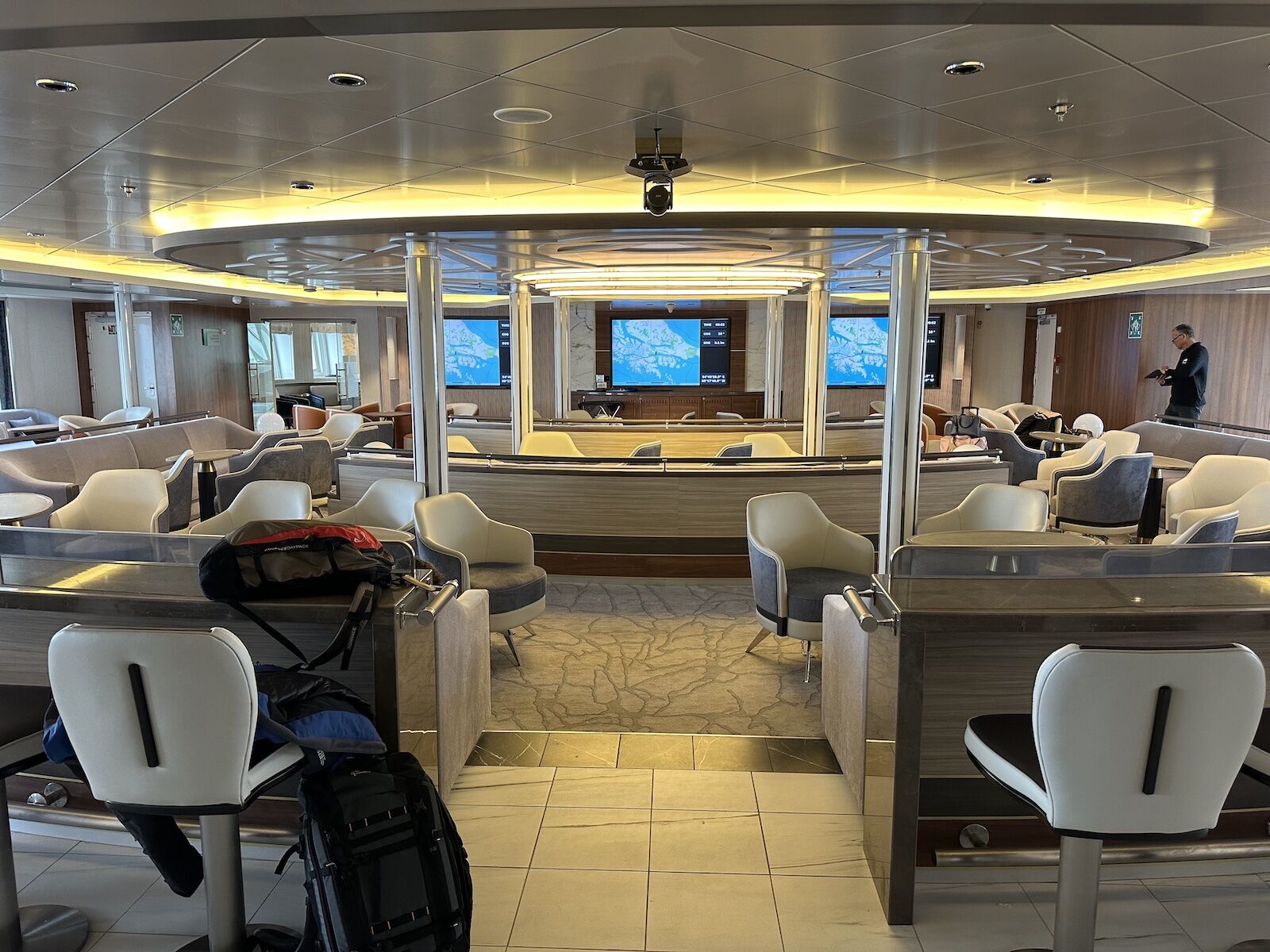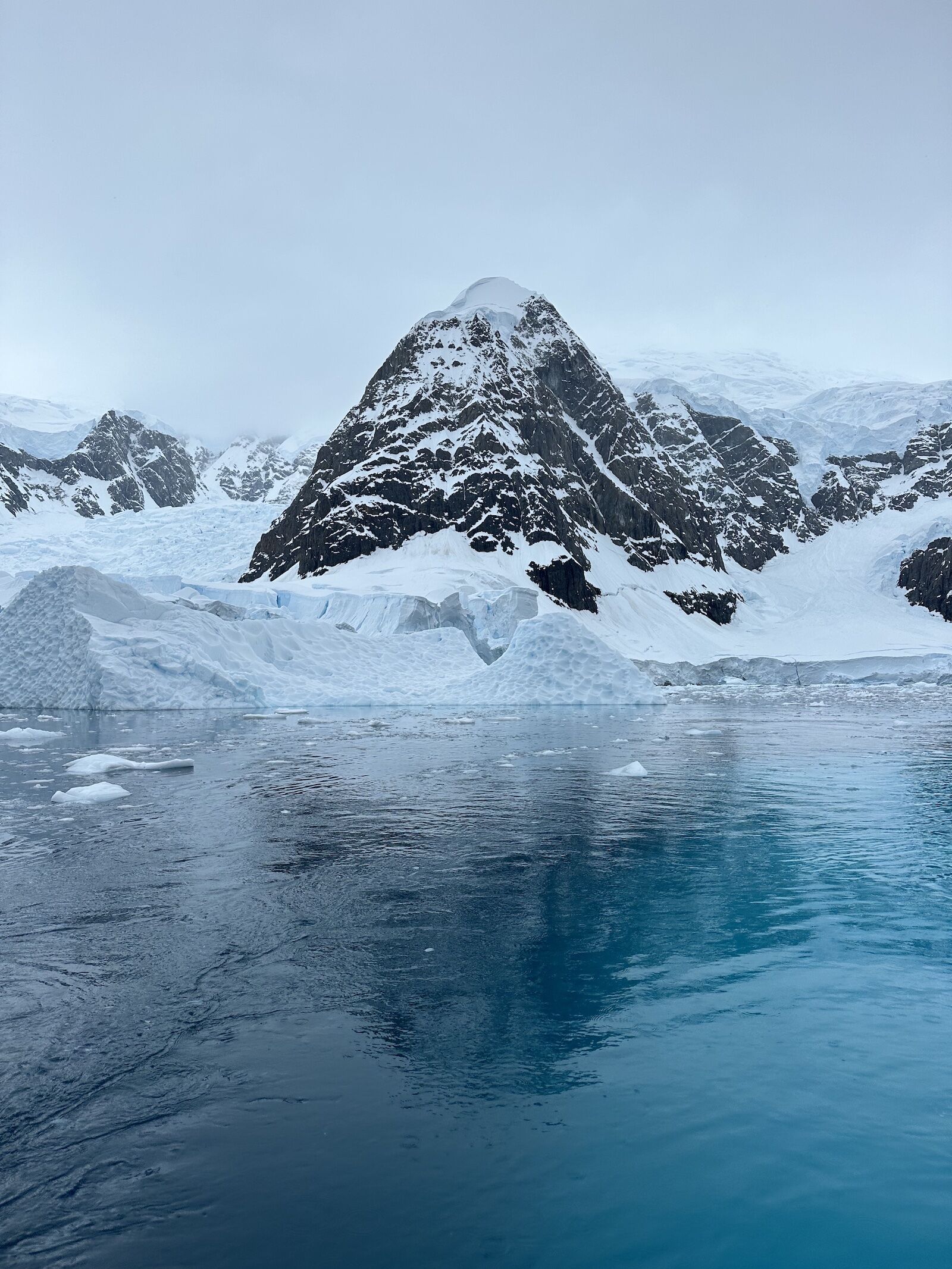The only way to reach Antarctica from South America is by crossing the Drake Passage. It’s where the Atlantic, Pacific, and Southern Oceans converge, and where you’ll regularly find waves as high as 40 feet.
I’ve lived by the ocean my entire life, but not until I stared out the window at the 15-foot swells of the Drake Passage was I actually afraid of a wave. It didn’t take long, though, to realize that it wasn’t really the waves that unnerved me. It was the sense of disconnectedness from the rest of the world. Sailing to Antarctica means detaching yourself from the tether of solid ground and civilization and floating into a gray wilderness.
Antarctica is unpredictable. It’s a rogue wave shrouded in fog on a distant shore, waiting to crush you under the weight of its elements or buoy you higher than you’ve ever been before. That’s the continent’s great allure and its great risk, which, as it drifted closer, I realized are the same thing.








